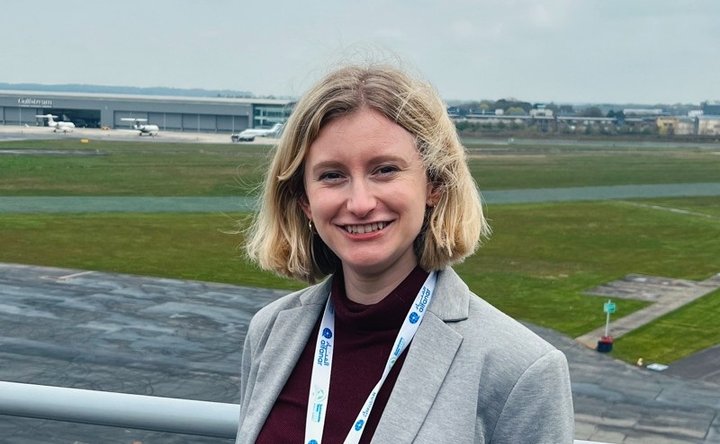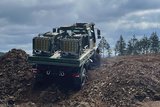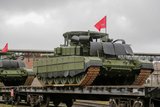Lockheed Martin builds first Saudi Arabian THAAD components
The THAAD missile launcher subcontracts were given in 2024 to two Saudi Arabian companies. (Photo: USAF / Staff Sgt. Cory D. Payne)
Lockheed Martin, in partnership with General Authority for Military Industries (GAMI) and Arabian International Company for Steel Structures (AIC), has built the first locally produced parts for the Terminal High Altitude Area Defence (THAAD) system in Saudi Arabia.
The news comes just days ahead of President Trump’s visit to the country, where it is anticipated defence procurement and collaboration will be further discussed with the Kingdom.
The THAAD battery system procurement was first signed in 2017 as part of a US$15 billion deal made in President Trump’s first term during a visit to Saudi Arabia. One key condition of the THAAD
Already have an account? Log in
Want to keep reading this article?
More from Land Warfare
-
China goes for ground-launched attack weapons as it strengthens deterrence strategy
China has been advancing its capabilities with a new generation of precision-guided artillery and loitering munitions, positioning ALIT’s WS-series as direct competitors with Western systems like the US’s M982 Excalibur.
-
![Strengthening Baltic defence capabilities]()
Strengthening Baltic defence capabilities
How Latvia is bolstering its territorial defences, industrial capacity and international cooperation with Dynamit Nobel Defence’s SKORPION2 Remote Mining System.
-
![Land forces review: British Army vehicle programme stalls and company results land]()
Land forces review: British Army vehicle programme stalls and company results land
In the first monthly review of land forces stories, the Shephard team looks back to evaluate the major news events that have impacted the sector. The UK’s Land Mobility Programme was notable but another setback occurred when a market industry day was scrapped.
-
![Russian T-90MS MBT goes for maximum survivability]()
Russian T-90MS MBT goes for maximum survivability
The in-production T-90MS comes with five levels of protection to tackle a wide range of evolving threats on the battlefield.
-
![Barco’s vision to trust: from past to future]()
Barco’s vision to trust: from past to future
Barco’s story is one of constant evolution enabling more immersive, reliable, and future-ready training experiences.

























